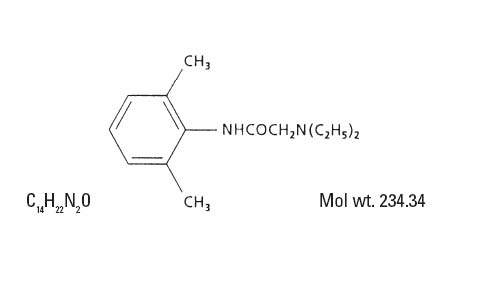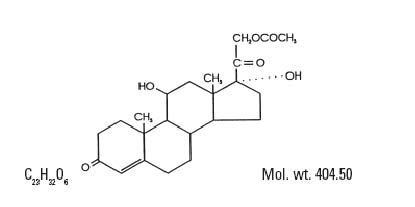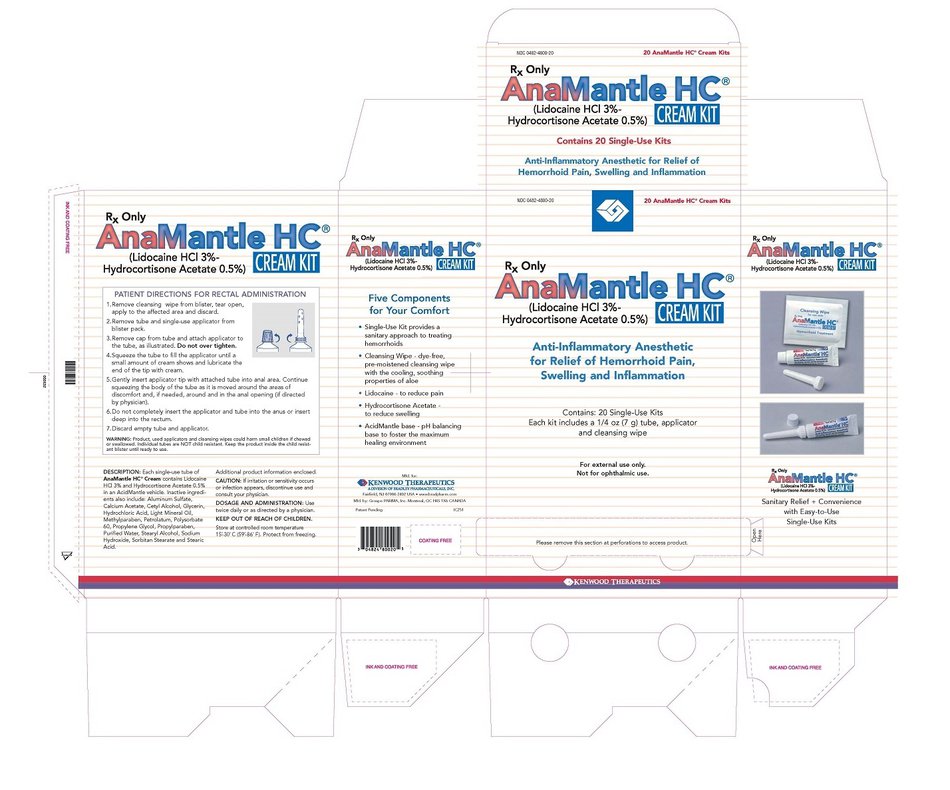Anamantle Hc | Lidocaine Hydrochloride And Hydrocortisone Acetate Cream while Breastfeeding

What is Anamantle Hc | Lidocaine Hydrochloride And Hydrocortisone Acetate Cream ?
Is using Anamantle Hc | Lidocaine Hydrochloride And Hydrocortisone Acetate Cream safe or dangerous while breastfeeding?

Nursing Mothers: It is not known whether this drug is excreted in human milk. Because many drugs are excreted in human milk, caution should be exercised when this drug is administered to a nursing mother.
Anamantle Hc | Lidocaine Hydrochloride And Hydrocortisone Acetate Cream Breastfeeding Analsys
Lidocaine hydrochloride anhydrous while Breastfeeding
SafeCAS Number: 137-58-6
Compatible with breastfeeding no matter the multiple ways it can be used: anesthetic, anti-arrhythmic, or anti-epileptic drug. Excreted into breast milk in non-significant amount with no side effects on breastfed infants from treated mothers. As a topical anesthetic (dermatologic, dental-stomatologic, ophtalmotologic and otologic preparations) it has an almost nil systemic absorption. Avoid using it on the nipple, but if necessary do it after the breast feed, wipe it out and rinse with water before the next feed, An euptectic mixture with added Prilocaine (EMLA) is used for dermatologic anesthesia. There is an increased risk of Methemoglobinemia when applied on large surfaces or taken by mouth. Intrapartum anesthesia may delay the onset of phase II of Lactogenesis or milk coming-in. The American Academy of Pediatrics rates it usually compatible with Breastfeeding.
Hydrocortisone acetate while Breastfeeding
SafeCAS Number: 50-23-7
Cortisol is a normal component of breast milk. Although unlikely to achieve harmful levels for the infant, it is preferred the use of an alternative (Methylprednisolone, Prednisolone, Prednisone). Intra-articular administration of depot prednisone derivatives may be a cause of transient decrease of milk production. Eleventh WHO Model List of Essential Drugs 2002: Compatible with breastfeeding.
Anamantle Hc | Lidocaine Hydrochloride And Hydrocortisone Acetate Cream Breastfeeding Analsys - 2
Lidocaine hydrochloride anhydrous while Breastfeeding
CAS Number: 137-58-6

Lidocaine concentrations in milk during continuous IV infusion, epidural administration and in high doses as a local anesthetic are low and the lidocaine is poorly absorbed by the infant. Lidocaine is not expected to cause any adverse effects in breastfed infants. No special precautions are required.[1][2][3] Lidocaine labor and delivery with other anesthetics and analgesics has been reported by some to interfere with breastfeeding. However, this assessment is controversial and complex because of the many different combinations of drugs, dosages and patient populations studied as well as the variety of techniques used and deficient design of many of the studies. Overall it appears that with good breastfeeding support epidural lidocaine with or without fentanyl or one of its derivatives has little or no adverse effect on breastfeeding success.[4][5][6][7][8] Labor pain medication may delay the onset of lactation.
Hydrocortisone acetate while Breastfeeding
CAS Number: 50-23-7
Hydrocortisone (cortisol) is a normal component of breastmilk that passes from the mother's bloodstream into milk and might have a role in intestinal maturation, the intestinal microbiome, growth, body composition or neurodevelopment, but adequate studies are lacking.[1] Concentrations follow a diurnal rhythm, with the highest concentrations in the morning at about 7:00 am and the lowest concentrations in the late afternoon and evening.[2][3] Cortisol in milk may protect against later infant obesity, especially in girls.[4] Hydrocortisone has not been studied in breastmilk after exogenous administration in pharmacologic amounts. Hydrocortisone in breastmilk is stable at room temperature and during repeated freeze-thaw cycles.[5] Although it is unlikely that dangerous amounts of hydrocortisone would reach the infant, a better studied alternate corticosteroid might be preferred. Maternal use of hydrocortisone as an enema would not be expected to cause any adverse effects in breastfed infants. Local maternal injections, such as for tendinitis, would not be expected to cause any adverse effects in breastfed infants, but might occasionally cause temporary loss of milk supply. See also Hydrocortisone, Topical. Hydrocortisone concentrations in breastmilk are not affected by storage for 36 hours at room temperature, during multiple freeze-thaw cycles, nor Holder pasteurization (62.5 degrees C for 30 minutes).[5][6]

What should I do if I am breastfeeding mother and I am already exposed to Anamantle Hc | Lidocaine Hydrochloride And Hydrocortisone Acetate Cream?
As usage of Anamantle Hc | Lidocaine Hydrochloride And Hydrocortisone Acetate Cream is mostly safe while breastfeeding hence there should not be any concern. In case of any change in behavior or health of your baby you should inform your health care provider about usage of Anamantle Hc | Lidocaine Hydrochloride And Hydrocortisone Acetate Cream else no further action is required.
My doctor has prescribed me Anamantle Hc | Lidocaine Hydrochloride And Hydrocortisone Acetate Cream, what should I do?
Definitely, Anamantle Hc | Lidocaine Hydrochloride And Hydrocortisone Acetate Cream is safe in lactation for baby. No wonder your doctor has recommended it.
If I am using Anamantle Hc | Lidocaine Hydrochloride And Hydrocortisone Acetate Cream, will my baby need extra monitoring?
No extra baby monitoring required while mother is using Anamantle Hc | Lidocaine Hydrochloride And Hydrocortisone Acetate Cream
Who can I talk to if I have questions about usage of Anamantle Hc | Lidocaine Hydrochloride And Hydrocortisone Acetate Cream in breastfeeding?
US
National Womens Health and Breastfeeding Helpline: 800-994-9662 (TDD 888-220-5446) 9 a.m. and 6 p.m. ET, Monday through Friday
UK
National Breastfeeding Helpline: 0300-100-0212 9.30am to 9.30pm, daily
Association of Breastfeeding Mothers: 0300-330-5453
La Leche League: 0345-120-2918
The Breastfeeding Network supporter line in Bengali and Sylheti: 0300-456-2421
National Childbirth Trust (NCT): 0300-330-0700
Australia
National Breastfeeding Helpline: 1800-686-268 24 hours a day, 7 days a week
Canada
Telehealth Ontario for breastfeeding: 1-866-797-0000 24 hours a day, 7 days a week
